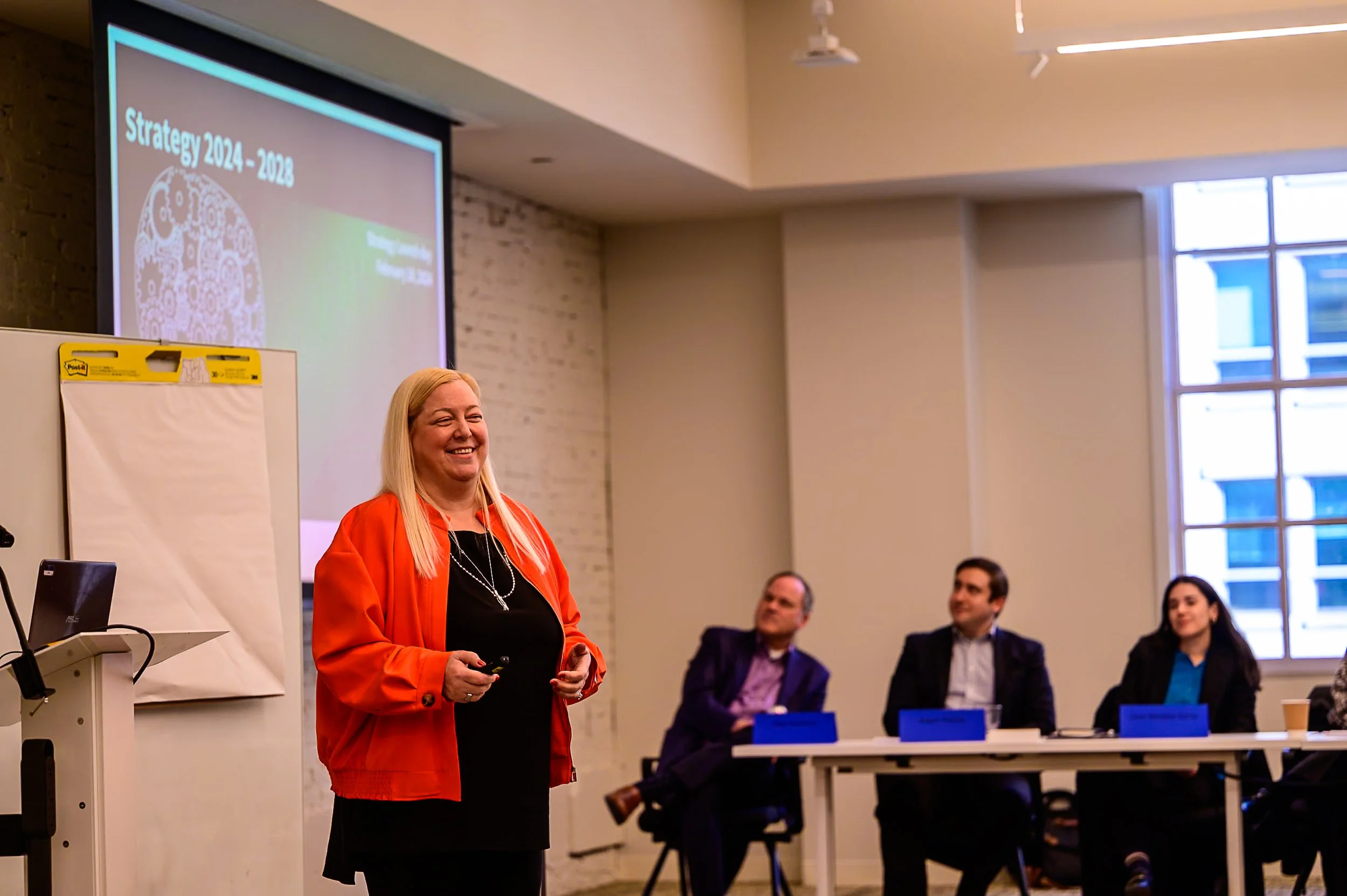
Looking into the Crystal Ball: How Investing in Foresight Strengthens Your Strategy
Strategy helps organizations define their desired end-state and prioritize what capabilities they need to get there. If you develop a strategy thoughtfully and implement it well, it can be a game changer for an organization.
There’s only one problem – things change. And as a result, your well-designed strategy may not deliver the results you wanted.
Not all changes – no matter how big – should be a surprise. If you can identify what is likely to affect your business or anticipate what it might do to your mission, at the very least you can prepare for disruption. Whether it’s self-driving cars, the internet of things, climate change, or robots replacing a workforce… or the potential threats associated with these near-term future possibilities, leaders must think ahead.
How can a leader know what is going to affect their mission or operations several years down the line? They cannot be certain. But they can keep a pulse on what’s happening in the world and stay a step ahead of their competitors or major mission obstacles with Strategic Foresight.
- Research Drivers of Change. Identify what big picture trends could have an impact on your organization. Think broadly – social, environmental, technological, political, human resources, etc. There may be something you haven’t thought of yet. Cast a wide net for ideas with industry research, conferences, or interviews with your stakeholders and staff to hone in on what those Drivers will be for you
- Always Be Data Driven. Don’t stop at identifying what might affect your organization – in three, five, or ten years. Find a way to track the happenings in these areas with qualitative or quantitative data. Match your Drivers to sustainable data sources so you can judge whether there’s movement in an area over time
- Incorporate Foresight into Your Strategy. All the research, talking, and understanding supports a learning-oriented culture. That’s good. But without connecting the dots to your organization’s strategic planning, Foresight work may remain theoretical. How might these conditions affect the capabilities you have, need, or want?
- Press Repeat. This is not a one-time thing. Drivers of Change can build incrementally or rapidly. Whenever you’re starting the strategic planning process, save time ahead of your planning sessions for your staff to do research that contextualizes the world in which your strategy has to operate. Looking 10 or more years into the future can prepare your workforce to always be ahead
Dedicate some energy to Strategic Foresight. It’s easy to short-change this work because it’s hard to quantify the benefit. Done well, it can foster a thoughtful organizational culture, build resiliency, avoid waste, and position the group to seize new opportunities, to name a few.
We’ve taken this to heart at Arc Aspicio. Our Strategy Method helps us guide Government clients through these necessary fact-finding steps so their strategy contains a key ingredient – Foresight.





















